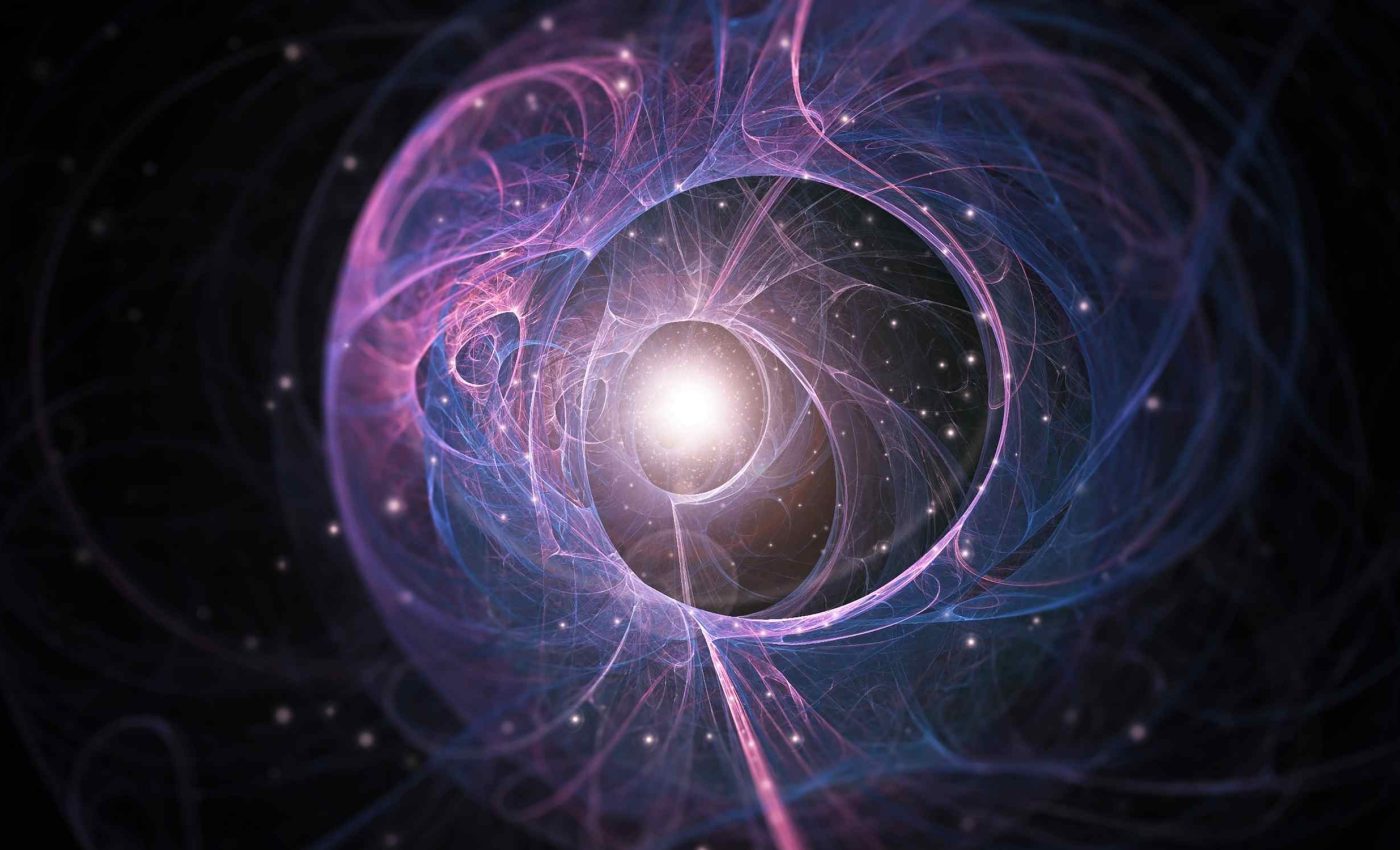
Scientists measure a photonic pulse in dozens of dimensions
Scientists have long debated whether the universe acts like a reliable mail carrier or a mischievous trickster. A paradox at the heart of quantum physics suggests it might be both, and this idea has just been explored in a new study measuring light pulses in 37 dimensions.
This investigation was conducted by a team from the University of Science and Technology of China led by Zheng-Hao Liu, who focused on a mind-blowing feature called the Greenberger-Horne-Zeilinger paradox.
They used a fiber-based photonic processor to push quantum concepts to extremes.
Breaking old assumptions
Quantum physics often overturns everyday expectations. It replaces comfortable ideas of envelopes delivered to mailboxes with a peculiar sense that something may not exist in any location until observed.
The project explored scenarios involving a “GHZ paradox,” a concept that challenges local realism. The GHZ paradox was introduced in 1989. It highlights the mismatch between classical viewpoints and the quantum description of reality.
Instead of things possessing definite properties that simply lie hidden, quantum entities may not decide on an outcome until they’re measured.
That’s where the GHZ paradox declares that certain three-particle states can deliver results that classical theories find impossible.
The 37-dimensional twist
Researchers studied light pulses guided by a time-domain fiber system. They discovered how a single photonic pulse can carry information across 37 distinct directions, which is far beyond everyday thinking.
This many-dimensional design stems from a clever mix of interference, energy-splitting, and optical timing. It’s like juggling with dozens of invisible directions, except no single perspective reveals them all at once.
To pull this off, the team used something called time-bin encoding. This method lets each photon act like a tiny notebook filled with precisely timed entries.
Those pulses were sent through a fiber loop and bounced in ways that mixed their information, revealing correlations across many channels.
They also used a technique called homodyne detection, which helps recover both the strength and phase of the light. That’s key when dealing with quantum information.
Instead of relying on just one outcome, they tracked interference patterns across split beams of light to figure out the hidden math behind the measurements.
GHZ paradox and quantum devices
Quantum hardware builders are chasing new protocols for secure communication and more efficient computing. Fiber-based processors could offer a tidy route to handle higher-dimensional data.
Many see this approach as a way to pack more complexity into fewer resources. Early laboratory results are hinting at devices that juggle quantum properties better than older setups ever did.
All of these findings stir questions about why humans rarely notice such strange effects. One line of thought suggests we experience only a thin slice of quantum possibilities, leaving the rest hidden.
No matter the philosophical angle, pushing a GHZ paradox test into dozens of dimensions reveals genuine possibilities for enhanced quantum circuits. It’s enough to make a person ask if reality has more corners and crannies than we ever imagined.
Scientists are now teasing out how multiple contexts in quantum mechanics collide and combine. Such collisions can reveal paradoxical predictions that are correct mathematically but baffling in normal language.
They also wonder about scaling this technology. If 37 dimensions are manageable, perhaps more could be tested, giving fresh insights for next-generation quantum prototypes.
Playing with the GHZ paradox
The researchers didn’t just rely on the GHZ paradox itself to make their point. They also tested a mathematical inequality that’s supposed to hold if the world follows classical, noncontextual rules. Their results violated that inequality by more than eight standard deviations.
That kind of precision matters. It means the disagreement between quantum theory and classical expectations isn’t just a fluke or a measurement error. It’s a real, repeatable effect showing up in the data – one that’s hard to explain without quantum theory.
High-dimensional encodings might lead to faster quantum processors that run with fewer errors. Fiber-based platforms, in particular, seem well-positioned for expanded experiments.
It’s clear that entangled states, when paired with innovative hardware, can expose cracks in our usual views on cause and effect.
This cutting-edge work hints that quantum technology remains full of surprises, no matter how much we think we’ve seen.
The study is published in Science Advances.
—–
Like what you read? Subscribe to our newsletter for engaging articles, exclusive content, and the latest updates.
Check us out on EarthSnap, a free app brought to you by Eric Ralls and Earth.com.
—–













